Appropriate feeding practices for ruminants
By Dr Jacob Gusha

Overview:
This presentation discusses appropriate feeding practices for ruminants in order to survive under unideal Elnino induced drought situation currently prevailing in the country. However, it should be noted that protein and carbohydrate requirements for milk, beef and reproduction by ruminants animals, and proper feeding guidelines must be satisfied at all times. Animals should not be fed on what is available but to satisfy their nutrient requirement for health and productivity.
Considerations:
- What do ruminants (Cattle, goats, sheep) need to optimize productivity?
- Meeting the requirements of rumen residents or rumen tenants or rumen microbes
- Different nutritional management systems
- Facts on making a proper ruminant ration
- Minimum levels of nutrients
What does the cow need to make milk?
- Adequate protein level (> 7% CP) in the diet is required for maximal growth and activity of ruminal microorganisms, thus producing desired MCP amounts and maximizing ruminal fermentation.
- In contrast, feeding diets with protein content ≤ 7% CP may result in impaired growth of ruminal microorganisms, fermentative functions, ruminal synthesis of MCP and amount of MCP absorbed in the small intestine.
- Cows which are underfed protein and/or energy produce less milk.
- When protein is added to the diet, milk production responds within a week.
- Cows which do not receive enough energy often times do not peak in production, are thinner than expected for a particular stage of lactation, and may not breed back as quickly.
- The amount of body condition cows carry at a particular stage of lactation indicates how well a nutrition and management program is working.
- Minerals and vitamins need to be fed in adequate amounts for efficient milk production. Deficiencies can affect reproduction and the ability of the cow to fight off infections, such as mastitis.
The digestive tract of the cow
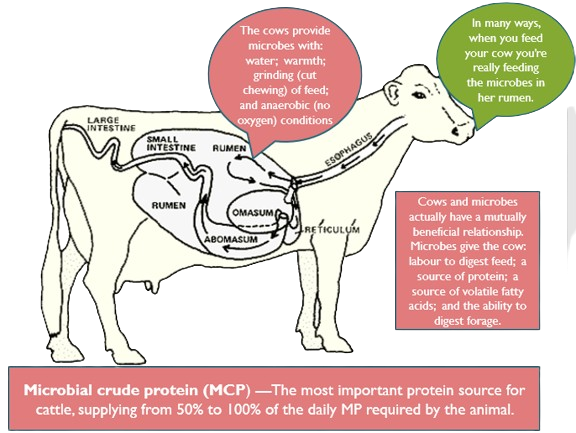
How the ruminant survives
- Ruminant stomachs have four compartments: the rumen, the reticulum, the omasum and the abomasum.
- The uniqueness of ruminants
- The cow cannot directly utilize most feed components, even simple sugars.
- She relies on rumen microbes to convert feeds to volatile fatty acids (VFAs) that the cow absorbs and uses to make energy and milk
- Rumen microbes ferment feed and produce volatile fatty acids, which is the cow’s main energy source.
- Rumen microbes also produce B vitamins, vitamin K and amino acids.
- About two-thirds of feed digestion and 90 percent of fibre digestion takes place in the rumen – all with the aid of microbes.
Meeting the requirements of rumen residents
- The rumen contains one of the most diverse and dense microbial ecologies known in nature.
- The rumen harbours a large number of different species of bacteria, fungi and protozoa.
- Metabolic interactions between these different populations are critical for their collective survival.
- Moreover, products of the metabolism of some species of microorganisms are sources of energy for the other species.
- These interactions regulate in a large part the concentrations and activities of individual species as well as the nature of the fermentation products.
◦Temperature is usually maintained within the range of 38-41°C with 39°C used as a common mean temperature.
◦Rumen pH can range from around 7.0 on forage diets to as low as 4.6 on high-grain diets.
◦Mean redox potential is -350mv reflecting the strong reducing environment and the absence of oxygen.
◦Carbon dioxide and methane are the major gases present in the rumen.
◦ The solid and liquid digester leave the rumen at different rates.
Ruminants — A Nutritional Challenge
- Formulating for precise nutrient requirements in ruminant rations is a challenge.
- Both ruminants and non-ruminants utilize nutrients in tissues but ruminants have another metabolic system – microbial metabolism in the rumen.
- This poses a nutritional challenge because nutrient requirements of the two systems are distinctly different.
- Maximizing ruminant productivity involves meeting the requirements for both systems.
- Inherent losses in energy and nitrogen associated with pre-gastric fermentation by microbes in the rumen make the digestion and subsequent absorption of dietary nutrients less complete in ruminants.
- The rumen is a complex microbial ecosystem and not easy to manipulate like an industrial fermentation.
- Microbial nitrogen requirements are dependent upon the type of carbohydrate being fermented in the rumen.
- Bacteria that ferment NSC prefer amino acids and peptides and those that ferment fibre rely primarily on ammonia as their nitrogen source.
- Ruminal pH has a major impact on fermentation of microbial growth. When sources of readily fermentable carbohydrates are added to forage diets fibre digestion may be impaired.
- Depression in digestibility due to a drop in pH is not equal for all nutrients. While fibro lytic and proteolytic activities are severely depressed, fermentation of starches and sugars remain very high.
- Microbes convert both the cell wall and storage polysaccharides to five and six carbon sugars. These sugars are rapidly fermented into SCFA and can provide up to 70% of the energy requirements of the cow.
Feeding strategy
- Feeding strategies that optimize rumen function also maximize milk production and milk component yield.
- Although fat, protein and lactose increase in proportion to milk volume, milk composition changes are minimal.
- Maximizing feed intake is critical to minimize the negative energy balance during early lactation.
- Increasing energy intake will increase milk protein content. High producing cows should eat 3.5 to 4.0 percent of their body weight daily as dry matter.
- On high grain diets increasing the feeding frequency of forage can increase the milk fat levels; during hot weather it will keep feed fresh and palatable.
- It is important not to drop below a 40 to 60 forage to concentrate ratio.
- A drop in pH will increase propionic acid production, reduce fibre digestion and lower milk fat.
- Therefore feeding concentrates requires appropriate forage to concentrate ratio and non-fibre carbohydrate levels.
- Appropriate NFC levels can improve both milk fat and protein while overfeeding often leads to milk fat depression.
- Fibrous by products such as soybean hulls can replace starchy grain and reduce the severity of milk fat depression in rations high in non-fibre carbohydrate.
- Providing adequate levels of fibre is also critical to stimulate rumination, saliva production and maintenance of normal milk fat and protein composition.
- Forage should comprise no less than 40 to 50 percent of the total ration dry matter or should be included at no less than 1.4 percent of body weight.
- Minimum acid detergent fibre (ADF) and neutral detergent fibre (NDF) levels should be 20 and 26 percent, respectively.
- At least 75 percent of the NDF should come from a forage source.
Broadening the feed resources based lower the production cost. Each farmer should have more forage sources such as velvet bean, cowpea, sun hemp, cotton seed cake, urea, good quality hay and Maize/legume silage and other material which are palatable, digestible and nutritious.
Grass vs legumes
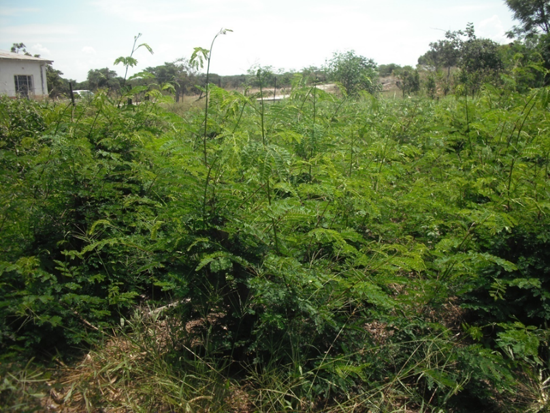
- Crude protein: 10.8% vs. 17.8%
- Digestible Energy (Mcal/kg): 2.04 vs. 2.21
- Fat: 2% vs. 1.6%
- Lysine (limiting amino acid): 0.38% vs. 0.89%
- Calcium: 0.47% vs. 1.22%
- Magnesium: 0.18% vs. 0.27%
- Potassium: 1.97% vs. 2.38%
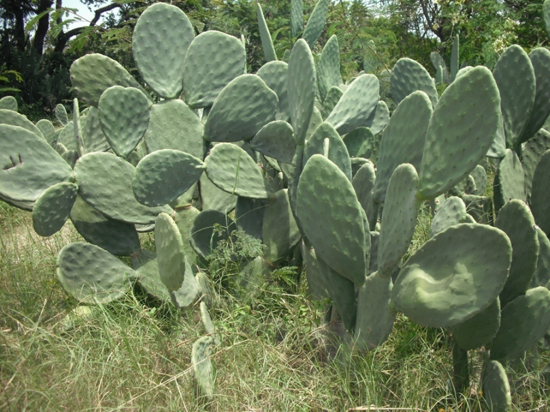
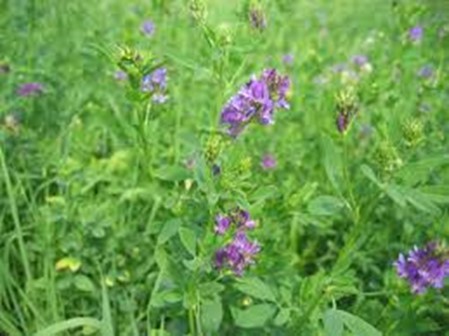
Legume hay vs grass hay
- Legume varieties will have more leaves and leaves contain more nutrients than stems due to a lower amount of structural carbohydrates.
- Older and more mature hay may have seed heads present and this
is indicative of lower nutrient value. - Hay that is greener in colour will likely have a higher concentration of vitamins such as vitamin A and D as well as more nutrients.
- Legume hays are typically higher in calcium, phosphorus and magnesium. In addition, legume hay is typically higher in percent of crude protein compared to grass hay.
- The amount of digestible energy is normally higher in legume hay than grass.
Legumes for hay
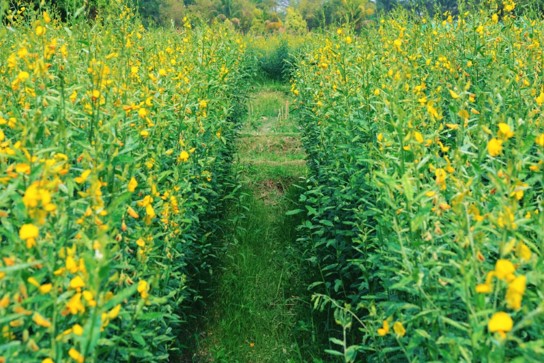
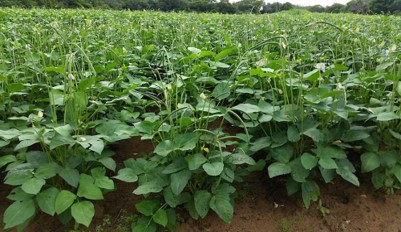
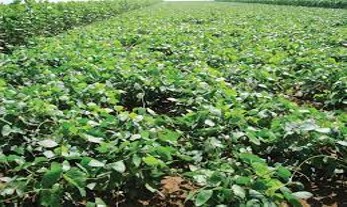
Recommendations
- Starch and relish concept (Sadza ne Muriwo feeding concept)
- To use less concentrates to about 300 grams per litre of milk plus 2 kg maintenance for high milk producer cows.
- To prepare more on-farm feeds which lowers feed cost by 30 to 65 percent.
- Increase production of legumes for cereal legume silage and legume hay
- To concentrate of harvesting native grass hay more than growing exotics species which require proper agronomic practises
- To increase use of non-conventional protein sources
- Increase use of non protein nitrogen compounds
- Total mixed rations is better than other nutritional management systems provided farmers are willing to group animals according to production.
- ZADF should have a funding for Research and Development
Feeding during drought
- Cull all unproductive animals before they lose weight
- Restrict movement to reduce energy loses
- Feed them for maintenance
- Provide adequate water supply for drinking especially lactating and pregnant cows
- Young animals should also be given priority
Pen fattening
- Cattle fattening is a livestock production practice that reduces animal activities, thereby fattening cattle more quickly.
- It involves the feeding or finishing of beef cattle with a protein and high-energy ration for a period of 35 to 150 days under zero grazing to increase live weights and improve the carcass grade at slaughter.
- Finishing cattle should be offered a high-energy, low-protein ration, as the aim is to develop fat cover, not lean tissue and frame.
- Cattle beef fattening occupies the feeding of beef cattle with a protein balanced, high-energy diet for a period of 90 days under confinement to increase live weights and develop a degree of finish and thus obtain improved grades at the abattoir.
Methods of Cattle Finishing
In preparation for marketing, farmers can use the following methods of finishing their animals. The 2 systems are:
◦Veld Fattening: is fattening cattle by the veld and is used where cattle do not respond to pen fattening and where there is abundance of grazing either in veld or pasture.
◦Pen Fattening: is feeding of cattle at zero grazing and may be done to obtain high carcass gain, where veld may be in bad condition and also to take advantage of the season with high price
Reason for pen-fattening beef cattle
- In Zimbabwe, there is seasonal fluctuation in meat prices. To take advantage of seasonally high prices and increase revenue turnover, farmers have to fatten cattle during such periods.
- Fattening steers is also carried out to add extra mass to slaughter stock at a younger age, thereby increasing turnover.
- Through pen fattening steers can reach slaughter weight at a tender age between 15 to 24 months.
- We also do pen fattening to increase the degree of fatness and fleshiness (finish) of the animal carcass in order to achieve higher grades at a younger age.
- Ultimately, pen fattening is carried out to maximize output from the beef enterprise and increase its profit margins
The profitability of pen fattening
- There are a number of factors that determines the profitability of pen fattening project. To ensure a profitable income from fattening cattle, these below factors are to be considered:
- Age- Younger animals need a longer feeding period. The feed is utilized for maintenance, growth and cattle fattening. Older animals get a shorter time for fattening. The preferred age of cattle for fattening is 2 to 3 years old. Animals older than 4 years never produce super-grade beef hence important to fatten animals between 2 and 4 years.
- Steers (castrated males) are chosen over heifers due to their inherent capacity to gain weight, grow faster and be easier to manage.
- Disposition- An active yet mild, quiet and easily handled steer generally grows fast and fattens easily.
- Restless, nervous & and erratic cattle waste too much energy.
- Constitution- and Vigor- These factors are determined by the size and quantity of the vital organs. A large feeding capacity, a strong appetite, a huge heart girth, well-sprung ribs and a wide, depend on full chest show good constitution and vigour.
- Breed- Improved breeds gain weight quicker with less feed than native animals. Other factors that determines the profitability of pen fattening are; use of good quality feed with greater than 80% TDN, using feed that is not expensive, and applying a correct method of inducting the animals. It is critical to reduce dust in the pen. Constant dust environment will increase any lung or respiratory issues causing an ongoing struggle with Bovine respiratory disease.
Steps involved in pen fattening
- Selection of steers
- Deworm them, inject vit A, and inducted for at first 10 days with a high fibre diet
- Remove the hay and increase the concentrate ration
- In 90 days the steers can add greater than 120 kgs.
- No fattened steers can fetch lower grade of meat at the market
Steps involved in pen fattening
To optimize beef milk and cattle breeding, a ration should be balanced for NDF, Non fat Carbohydrate, Crude Protein, Escape protein, minerals and vitamins
